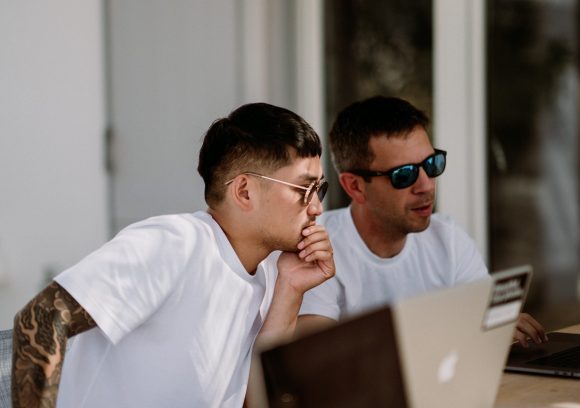Dance auditions represent a platform for dancers to showcase their skills and technical knowledge to industry professionals. Dancers from all over the world must go through them to boost their professional careers. While this process can be frustrating, proper preparation will help make it go smoothly.
Carefully review the procedure for participating in the audition
Most of these selective processes offer all the most important information that is necessary to know about the procedure to follow. Pay special attention when it comes to dress codes, basic necessities, rules and requirements. And be sure to follow all the rules of your application to the best of your ability.
Solve your doubts with the audition staff
Please contact your choreographer or staff if you are unsure about how the audition will go or if you would like further clarification. Sometimes there are requirements that do not appear in the official announcement of the same and others ask for some additional document, such as a dance resume or photos. In some cases you will be asked to submit information as part of your initial application, especially if it is a private audition. In others, you will be asked to bring your own information directly to the audition.
Create your own dance resume
Some auditions require a dance CV as part of your audition requirements. If you don’t already have one, write one. A dance resume should include work experience, education, references, and outstanding achievements. You will also need to provide contact information, such as an email address, phone number and your name, so that staff can contact you after selection. You can also include a photo dancing. Audition organizers typically request a photo of the participating dancer, especially when the audition is public. Most dance photos should show the dancer moving or posing to best showcase their condition and technique. It is customary for the selection board to review this photo before deciding on the award of free places.
Prepare the bag well
Pack some lifesaving items in your bag or backpack like a bottle of water, a spare pair of dance shoes, bobby pins, and a basic first aid kit. Thus, you can have these items if you need them.
Choose or create a choreography that attracts attention
At many auditions they will want to see you dance independently. Before the audition, choose an existing choreography that fits their rules or create your own and practice it as many times as possible. The criteria that you must follow to choose the choreography or create it are that they adjust to the needs of the audition and, above all, to your ability to show off. You can also adapt an already created one to the style that the organizers are looking for, especially if you are good at a particular style or technique. So you can use your choreography to highlight it. If, on the other hand, the audition is looking for dancers who adapt to a wide variety of styles, use your choreography to highlight your versatility as a dancer.
Plan many repetitions in your routine
Ideally, you practice the exercise at least once a day. By repeating it often, you will better remember your routine, which will allow you to dance with more confidence on the day of the audition.
Record your exams
If possible, set up a tripod to record your exam or ask a friend to make a video of you in the room you will use to simulate the audition. This way you can go back and review the images to see where you need to improve your poses and movements.
Practice the answers you will give in the interview
Some auditions also include an interview where you are asked to share more about yourself and your background as a dancer. Now is the time to think about what and how you will answer each question. Review the questions that are often asked during interviews and write your answers honestly and concisely. Then, practice your way of speaking, doing it out loud, vocalizing and with a natural and clear voice. You may be asked questions about your career goals as a dancer or the most important events in your career to date. A good answer to this question might include, «I want to open my own studio one day to teach and inspire young dancers» or «I was the first student in my school to dance in a major Broadway show.»




